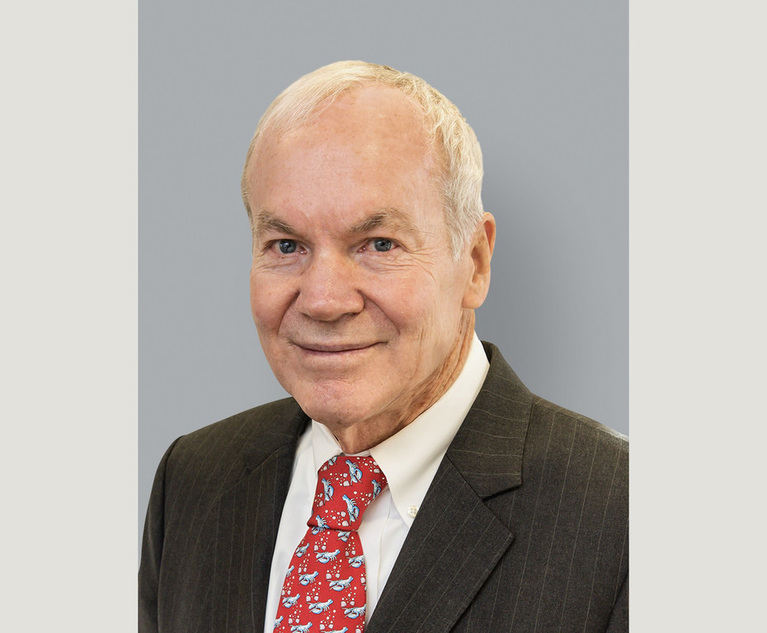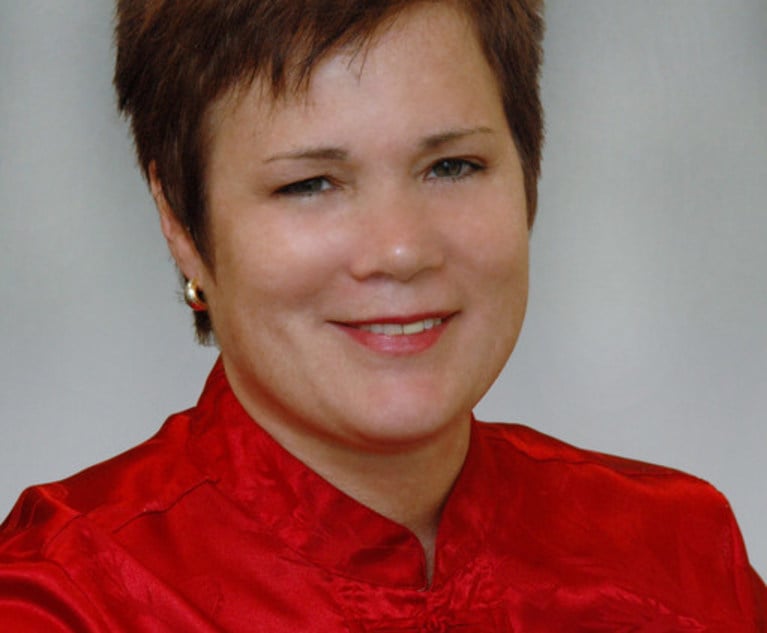The physician-patient privilege did not exist at common law and is a creature of statute. New York was the first state to enact the privilege in 1828, and it is currently codified in CPLR Sec. 4504. Although there are exceptions relating to alcohol-related driving offenses, child protection, and communicable diseases, the basic premise is that the legislature has determined that uninhibited communication by patient to physician produces overall better medical advice and treatment. [See Dillenbeck v. Hess, 73 NY2d 278 (1989).] The statute provides that unless the patient waives the privilege, the provider shall not be allowed to disclose any information acquired in attending to a patient in a professional capacity, which was necessary to enable the practitioner to act in that capacity. CPLR Sec. 4504 (a). Over time the courts have had to apply the statute to a variety of situations more complex than the isolated relationship between a single patient and physician, yielding practical guidance to court and counsel for the application of the statute in discovery and at trial.
The protection of physician-patient communications being balanced against the primary truth-seeking function of the courts has required close examination of what constitutes a communication, whose communication is privileged, and a variety of issues related to waiver. As seen in Williams v. Roosevelt Hospital, 66 NY2d 391 (1985), the Court of Appeals has drawn a sharp distinction between communications that are privileged, as opposed to factual observations regarding nonparty family members that are not. The modern approach is to require the party asserting the privilege to show the existence of circumstances justifying its recognition, and to apply the privilege restrictively rather than expansively. [See Bloodgood v. Lynch, 293 NY 308 (1944).]


 (L-R)John Lyddane of Dorf & Nelson. Courtesy photo
(L-R)John Lyddane of Dorf & Nelson. Courtesy photo




